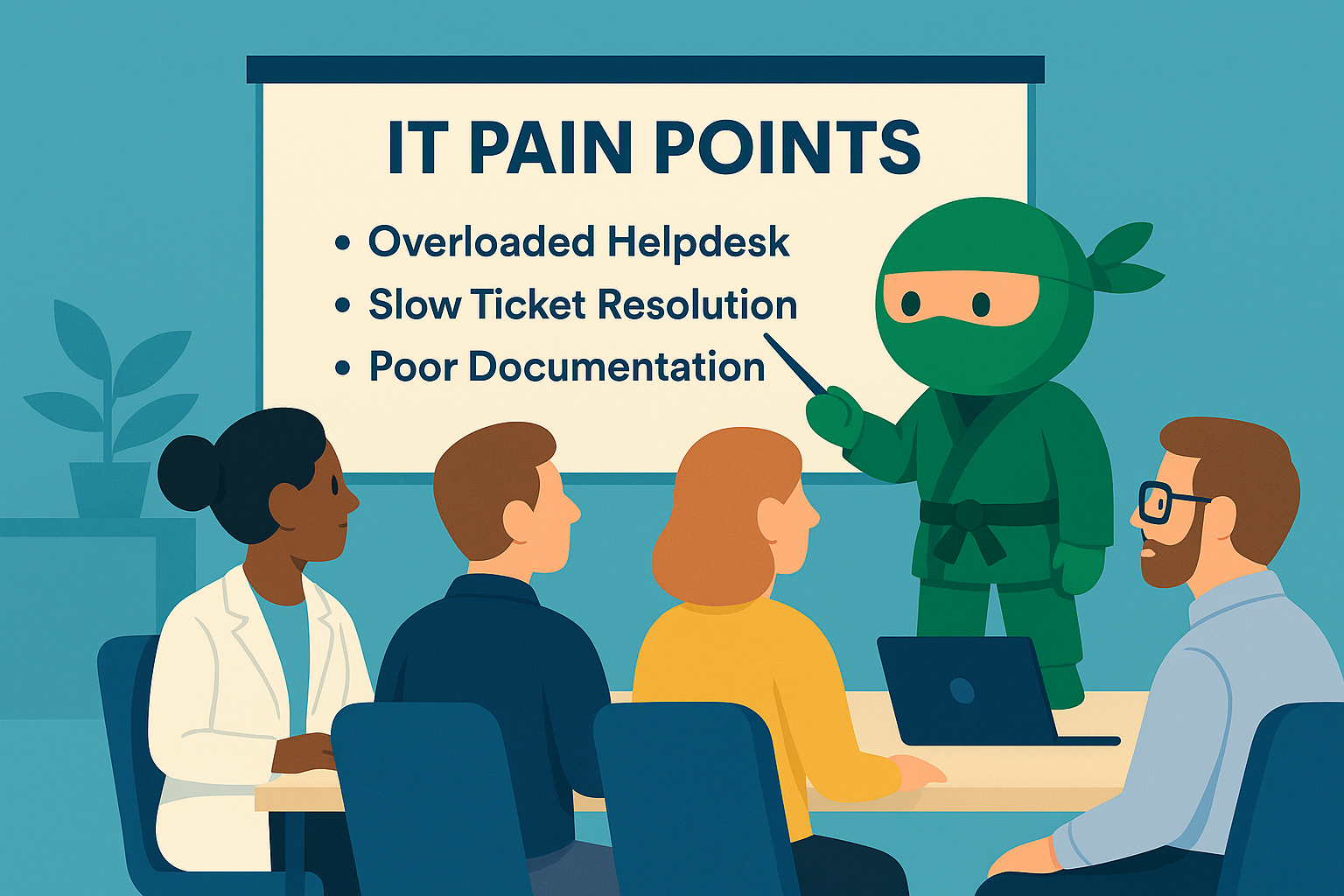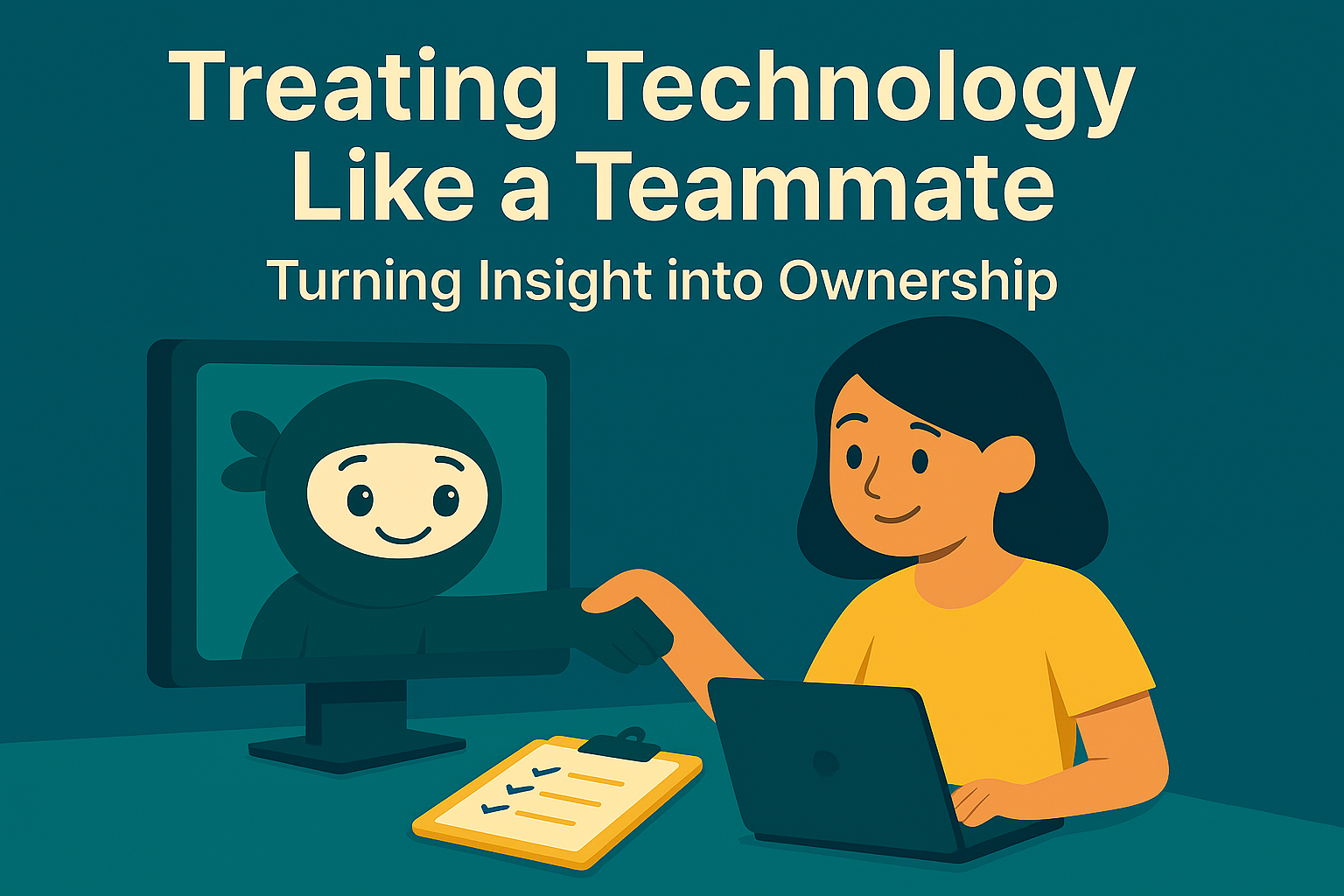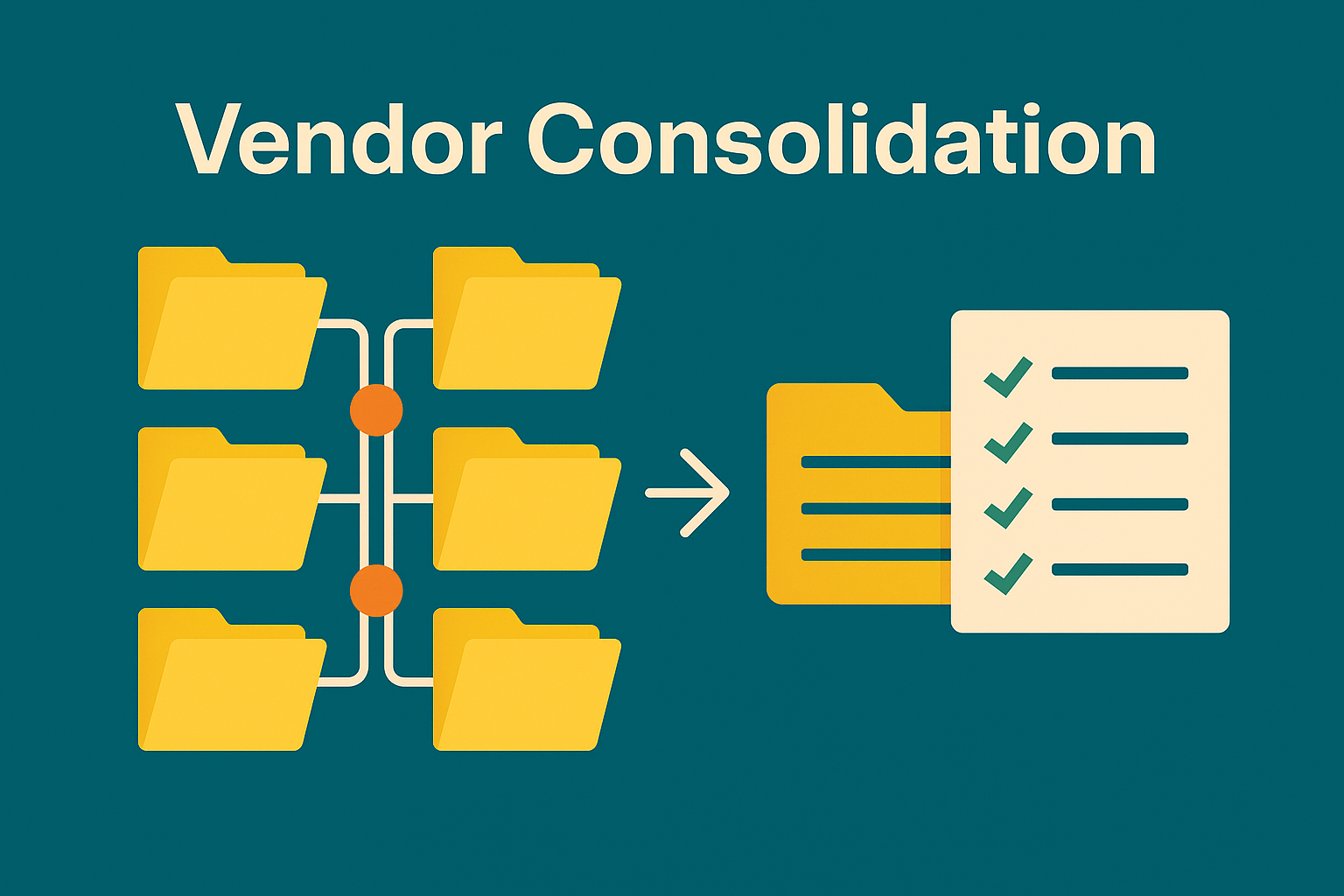When we first partnered with a fast-growing medical device reseller, their helpdesk was overwhelmed – tickets piled up, technicians burned out, and users lost trust in IT. By applying four core practices, they slashed average resolution time and transformed their support team into a strategic partner. Here’s how you can do the same.
Establish Expectations
From day one, set clear service-level agreements (SLAs) and standardized contact procedures:
- Centralize all requests through a ticketing system (email, web portal, or voice).
- Discourage direct calls or personal numbers to protect team work–life balance.
- Agree on response and resolution targets with stakeholders – and communicate them to every user.
When everyone understands how and when to engage the helpdesk, tickets are handled consistently, handoffs between shifts are seamless, and burnout is less likely.
Document Solutions
Once your intake process is ironed out, make documentation part of every ticket resolution:
- Resolve tickets faster by referencing proven procedures rather than reinventing the wheel. Analyze trends by tagging and linking solutions to recurring issues. Improve continuously by updating articles whenever you discover better fixes or system changes.
Over time, your living knowledge base becomes the first stop for new hires and experienced techs alike – reducing ticket volume and onboarding time.
Resolve Pain Points
The best ticket is the one that never gets created. Encourage your team to spend downtime on root-cause fixes:
- Review ticket trends and tackle the top three most frequent issues.
- Automate repetitive fixes with scripts or small tools.
- Refine user processes – standardize installations, streamline permission requests, and more.
A little preventive work goes a long way. As recurring headaches vanish, your users – and your helpdesk – gain time for strategic projects.
Keep Control of Changes
Unauthorized or poorly planned changes can halt critical systems. A formal change control board (CCB) ensures risk is managed:
- Review proposed hardware, software, and configuration changes for impact.
- Schedule deployments during maintenance windows and notify stakeholders in advance.
- Record every change – who approved it, why, and when – to aid future troubleshooting.
By governing change, you minimize surprises, reduce after-hours firefighting, and build stakeholder confidence in IT’s reliability.
Ready to Transform Your Helpdesk?
Audit your current support processes against these four pillars. What’s working well – what needs adjustment? Reach out to us, and let’s build a more proactive, user-focused technology support culture together.




